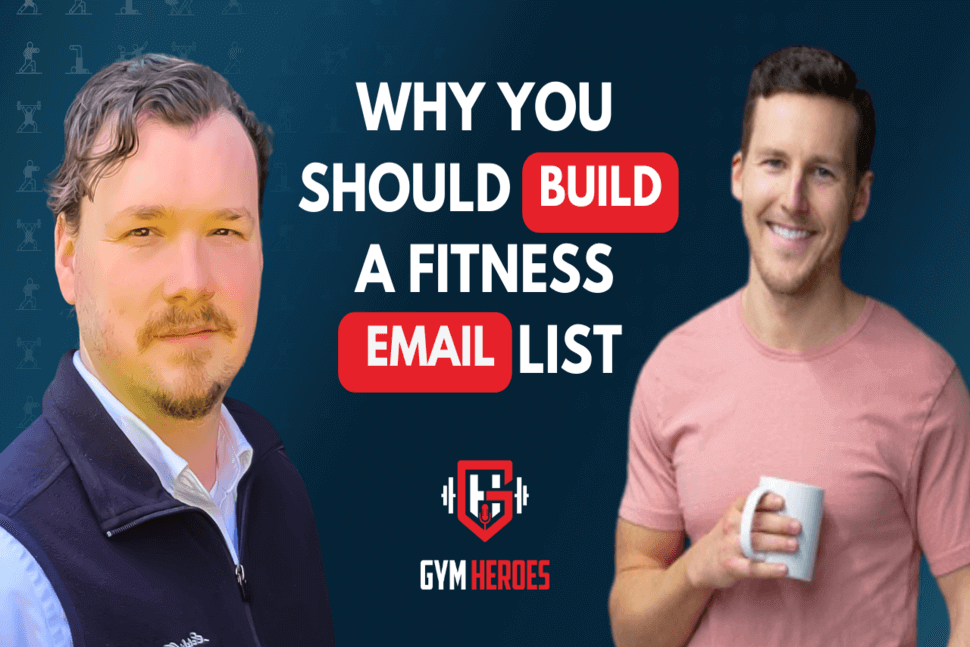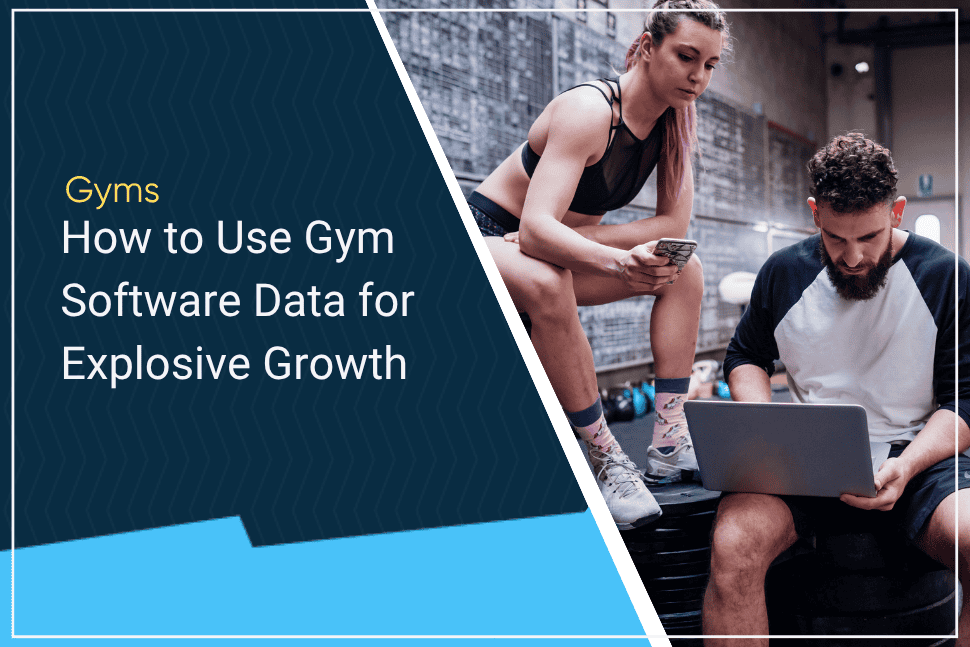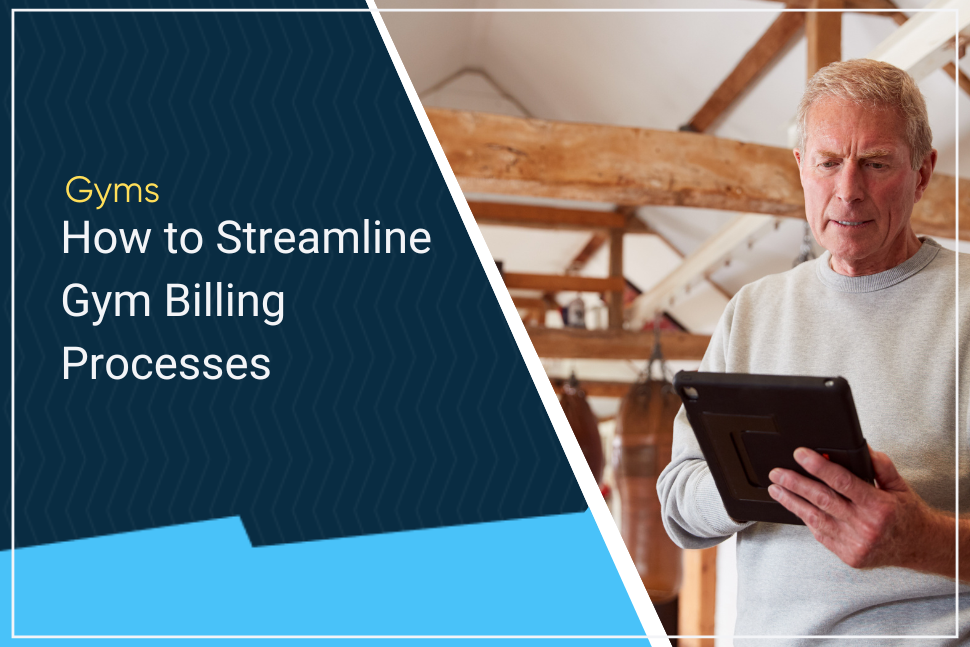Our hero today is Cory Hiben, an email marketing specialist and host of the Health Hustle Podcast out of Austin, Texas. In this episode, he demonstrates why you should 100% still be building an email list for your local fitness business even today. He then reveals how to grow that email list by offering fantastic value through the newsletter itself rather than relying on these sorts of juicy lead magnets that are really popular nowadays.
Overall, building a social presence is important for growing your gym, but owned media, like an email list, is how you really build a business.
Harness Personal Connections
In an age where social media seems to be the go-to for customer interactions, Corey Hiben and Josh Peacock shine a light on a tool that has stood the test of time: email marketing.
Unlike fleeting social media connections, email addresses and phone numbers allow for a more personal relationship. For gym operators and fitness professionals, understanding their clientele, pinpointing pain points, and offering solutions through content can greatly expand their business potential.
The Value-First Approach
Drawing inspiration from Gary Vaynerchuk’s 10:1 ratio of value to promotion, Hiben emphasizes that email marketing should prioritize offering subscribers genuine value. This isn’t just about giveaways or lead magnets; it means crafting newsletters that people truly look forward to reading.
As Josh points out, providing substantial content is the best way to build and maintain a robust email list.
Transition From Fitness to Marketing: A Holistic Approach
Our guest, Corey Hiben, brings a diverse background to the table, including personal training and occupational therapy, before venturing into marketing.
On his ‘The Health Hustle’ podcast, Hiben examines the wellness industry through the lens of an Austinite, expanding its reach across the country.
His holistic views on occupational therapy reflect in his marketing philosophy: overall well-being is crucial, and for businesses, this translates to a healthy, genuine relationship with clients.
The Perils of Overreliance on Social Media
Hiben recounts a real-life incident of a client whose Instagram account was compromised, underscoring the risks of relying solely on social platforms. This serves as a stark reminder of the fickle nature of social media and how email lists provide a more secure line of communication.
Additionally, he points out the vital difference in buying behavior between these channels: customers from email lists tend to be more engaged and have higher conversion rates.
Tools of the Trade: Streamline Email Communication
Corey Hiben candidly shares past mistakes of not utilizing an email list, which led to challenges in managing subscriber engagement. To help others avoid similar pitfalls, Hiben recommends leveraging tools like ActiveCampaign and Gymdesk for their capabilities in managing emails and SMS effectively.
SMS, he points out, should be used tactfully, preferably for appointment reminders, to maintain a non-intrusive relationship with clients.
Writing Emails That Resonate
Hiben and Peacock introduce us to the craft of creating compelling emails through the lens of copywriting. They touch upon how Neville Madora’s course altered Hiben’s perspective on writing and suggest resources that can hone such skills.
In an era where content is king, mastering the art of communication is quintessential for fitness businesses looking to connect with their clientele meaningfully.
Frequency and Content: Striking the Right Balance
Corey suggests a prudent approach to email frequency: no more than twice a week and no less than once a month. The key is consistent, value-driven content that aligns with audience expectations.
Too much or too little can detract from the relationship, and noticing unsubscribe rates can offer insight into adjusting this cadence.
Beyond the Inbox: Integrate SMS and Event Marketing
The conversation turns towards the nuanced use of SMS marketing and the importance of purpose in communication.
Hiben recommends utilizing SMS for specific updates and administrative content, while keeping the newsletter focused on event promotions and other valuable insights.
This, paired with the power of collaboration and community engagement, can catapult a platform’s growth and reduce friction in content distribution.
The Art and Science of Newsletter Creation
Both hosts discuss the essence of crafting newsletters that add value. Instead of relying on gimmicks such as giveaways, they suggest a straightforward approach.
Using templates and structures like ‘story, strategy, tactics’ and the AIDA formula can make newsletter writing more efficient and enjoyable.
Corey Hiben’s advocacy of these methods underlines their effectiveness in engaging subscribers and fostering long-term relationships.
Conclusion: Build Your Community Through Consistency and Collaboration
As we wrap up our session with Corey Hiben and Josh Peacock, the key takeaway is that email marketing remains a powerful tool for fitness businesses when done right. It’s about the slow and steady build-up of genuine relationships, steering clear of short-term sales tactics, and nurturing a community of like-minded individuals.
For further insights, resources, or to connect with Corey Hiben, you can reach out to him through his website or follow him on social media.
- Corey’s Website
- Instagram: @coreyhiben
Whether you’re a seasoned gym owner or venturing into the fitness industry, taking heed of these valuable lessons on email marketing can set you apart in a competitive market. Remember, it’s not just about capturing emails—it’s about captivating hearts.
 Gym Owner Statistics: The State of Gyms, Member Trends, and Usage Data
Gym Owner Statistics: The State of Gyms, Member Trends, and Usage Data



